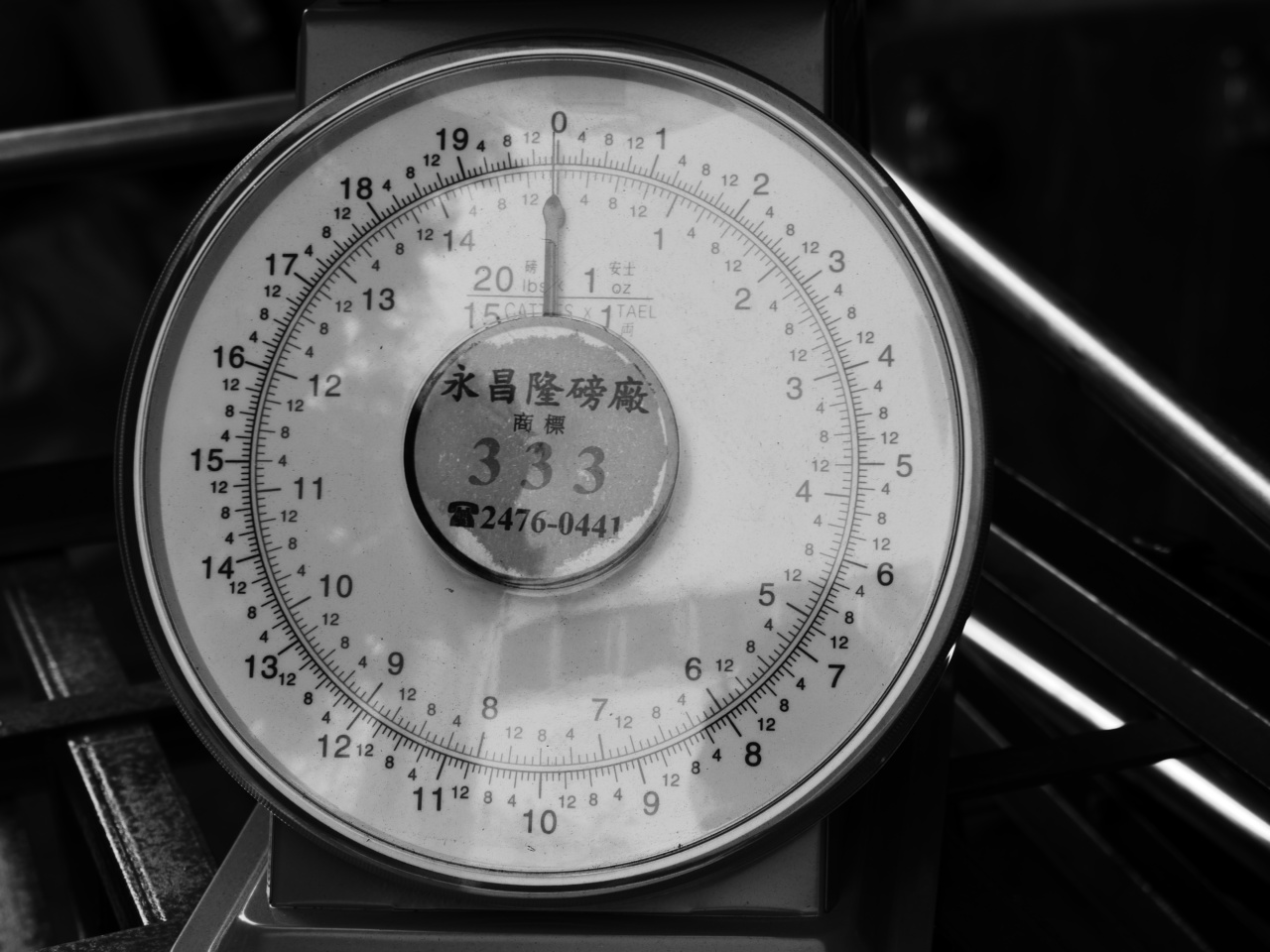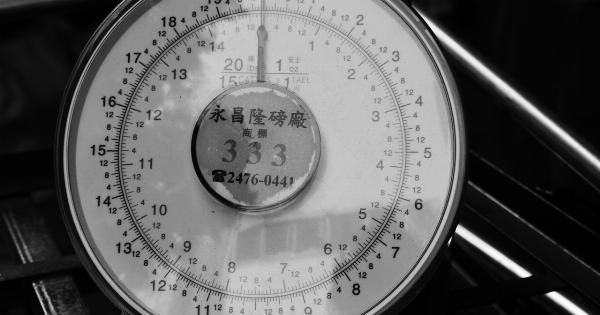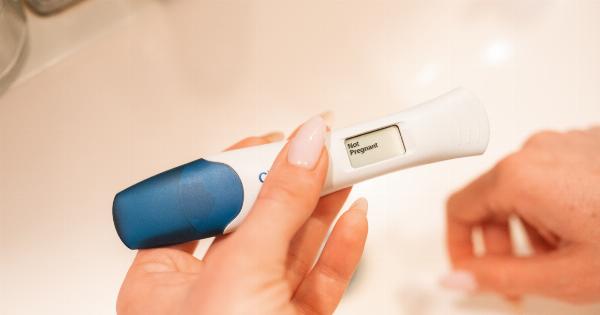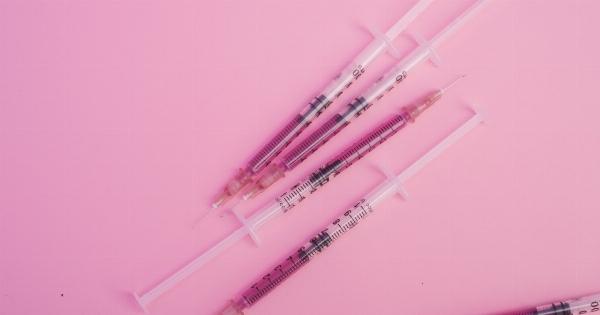High blood pressure, also known as hypertension, is a common condition affecting millions of people worldwide.
It is often called the “silent killer” because it usually has no symptoms but can lead to serious health problems such as heart disease, stroke, and kidney failure. That’s why checking your blood pressure regularly is important to prevent these health complications.
What is Blood Pressure?
Blood pressure is the force of blood pushing against the walls of the arteries as your heart circulates blood throughout the body.
It is measured in millimeters of mercury (mmHg) and consists of two numbers: systolic (top number) and diastolic (bottom number) pressures. The systolic pressure measures the force of blood when the heartbeats or contracts, while diastolic pressure measures the force of blood when the heart is at rest between beats.
Why is it important to monitor blood pressure?
High blood pressure is a major risk factor for heart disease, stroke, and kidney failure. In fact, the higher your blood pressure, the greater your risk of developing these health problems.
Lowering your blood pressure is important to maintain a healthy heart and reduce the risk of complications.
On the other hand, low blood pressure can also cause health problems such as dizziness, fainting, and shock. Therefore, it’s important to monitor your blood pressure regularly to ensure it’s within a healthy range.
How is blood pressure measured?
Traditionally, blood pressure is measured using a device called a sphygmomanometer, which has an inflatable cuff, a pressure bulb, and a gauge. A healthcare provider places the cuff around your upper arm and pumps the bulb to inflate the cuff.
As the cuff inflates, it compresses your brachial artery and stops the flow of blood. The healthcare provider then slowly releases the pressure in the cuff while listening to your pulse with a stethoscope and watching the gauge to read your blood pressure.
How can our everyday device measure blood pressure accurately?
New technological advancements have made it possible to measure blood pressure accurately using our everyday devices such as smartphones and wearable devices. These devices use a technique called photoplethysmography (PPG) to measure blood pressure.
PPG is a non-invasive optical technique that measures changes in blood volume by shining a light onto the skin’s surface and analyzing the reflected light.
This technique is used in smartphones and wearable devices that have a built-in heart rate sensor. The sensor uses PPG to measure the time it takes for blood to flow through the arteries and reflects the blood flow rate in real-time.
To measure blood pressure accurately, the device first takes a baseline reading of your blood pressure by inflating the cuff and reading the systolic and diastolic pressures.
Then, it takes continuous readings of your heart rate and blood flow rate using PPG. The device compares the continuous readings to the baseline reading to determine your current blood pressure accurately.
Benefits of measuring blood pressure using everyday devices
There are several benefits of measuring blood pressure using everyday devices, including:.
- Convenience – You can measure your blood pressure anytime and anywhere using your smartphone or wearable device.
- Cost-effective – Blood pressure monitoring devices can be expensive, but using everyday devices is often cheaper.
- Accurate – The accuracy of blood pressure measurements using PPG in everyday devices is comparable to traditional sphygmomanometers.
- Track trends – Everyday devices allow you to track your blood pressure readings over time, making it easier to monitor trends and make informed decisions about your health.
Limitations of measuring blood pressure using everyday devices
Although measuring blood pressure using everyday devices has several benefits, there are also some limitations, including:.
- Not suitable for everyone – Everyday devices may not be suitable for people with certain medical conditions, such as arrhythmias or pacemakers.
- User error – Incorrect placement of the device or improper measurements technique can lead to inaccurate readings.
- Device limitations – The accuracy of the device depends on the quality of the sensor and software. Some devices may provide less accurate readings than others.
- Lack of regulation – Unlike medical-grade devices, everyday devices are not regulated by health agencies and may not meet certain quality standards.
Conclusion
Measuring blood pressure regularly is essential to maintaining good health and preventing serious health complications. Everyday devices, such as smartphones and wearable devices, can measure blood pressure accurately using PPG technology.
However, it’s essential to remember that there are limitations to using everyday devices to measure blood pressure. Therefore, it’s important to consult with a healthcare provider before relying solely on these devices for blood pressure monitoring.






























